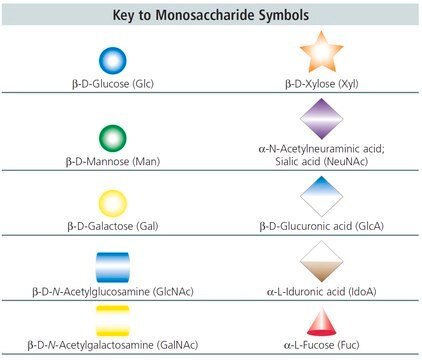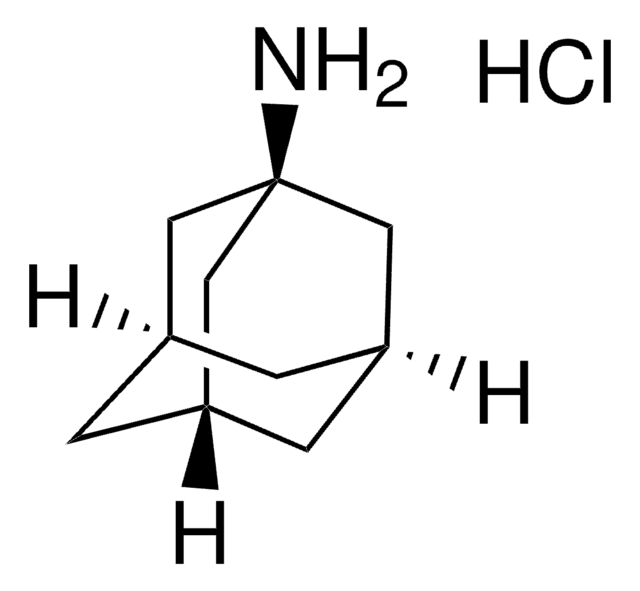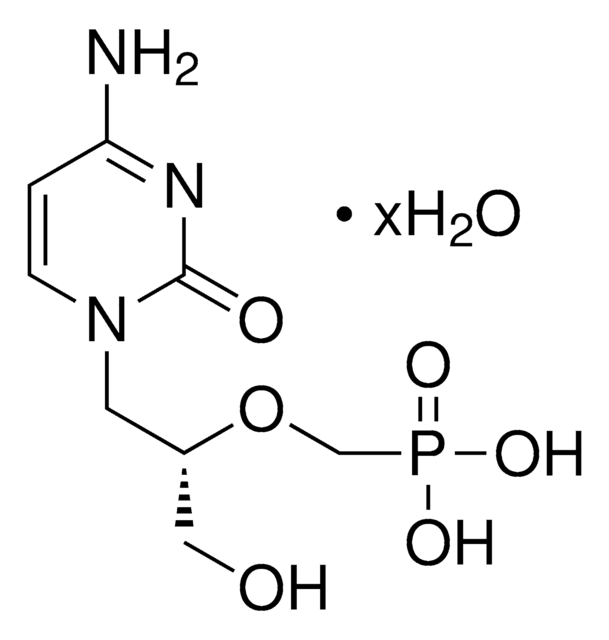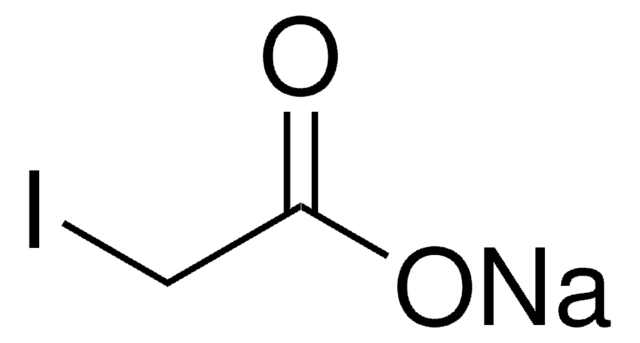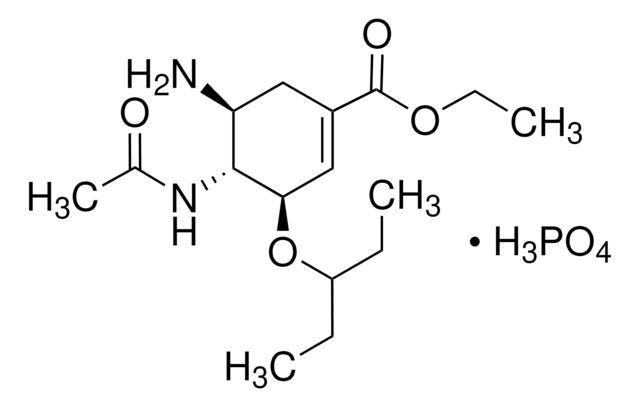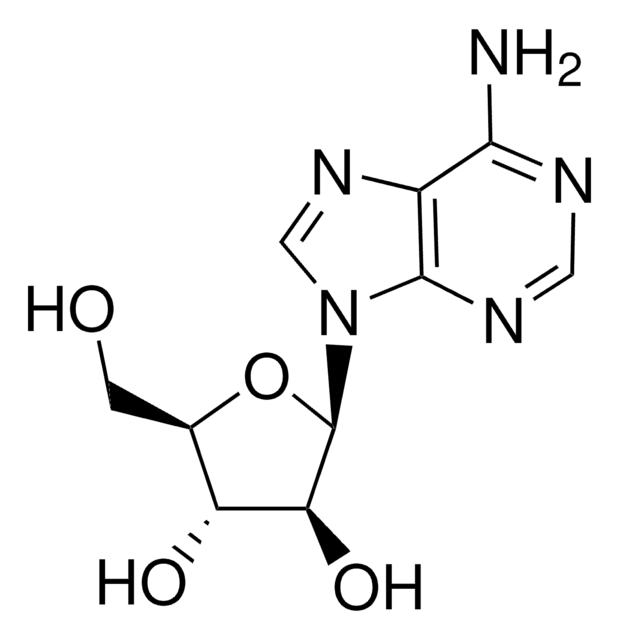P0035
Penciclovir
Synonym(s):
2-Amino-1,9-dihydro-9-[4-hydroxy-3-(hydroxymethyl)butyl]-6H-purin-6-one, BRL-39123
About This Item
Recommended Products
form
powder
Quality Level
solubility
0.02 M potassium phosphate: soluble 2 mg/mL
antibiotic activity spectrum
viruses
Mode of action
DNA synthesis | interferes
enzyme | inhibits
SMILES string
NC1=NC(=O)c2ncn(CCC(CO)CO)c2N1
InChI
1S/C10H15N5O3/c11-10-13-8-7(9(18)14-10)12-5-15(8)2-1-6(3-16)4-17/h5-6,16-17H,1-4H2,(H3,11,13,14,18)
InChI key
JNTOCHDNEULJHD-UHFFFAOYSA-N
Looking for similar products? Visit Product Comparison Guide
Related Categories
Application
Biochem/physiol Actions
Other Notes
Storage Class Code
11 - Combustible Solids
WGK
WGK 3
Flash Point(F)
Not applicable
Flash Point(C)
Not applicable
Choose from one of the most recent versions:
Already Own This Product?
Find documentation for the products that you have recently purchased in the Document Library.
Our team of scientists has experience in all areas of research including Life Science, Material Science, Chemical Synthesis, Chromatography, Analytical and many others.
Contact Technical Service
